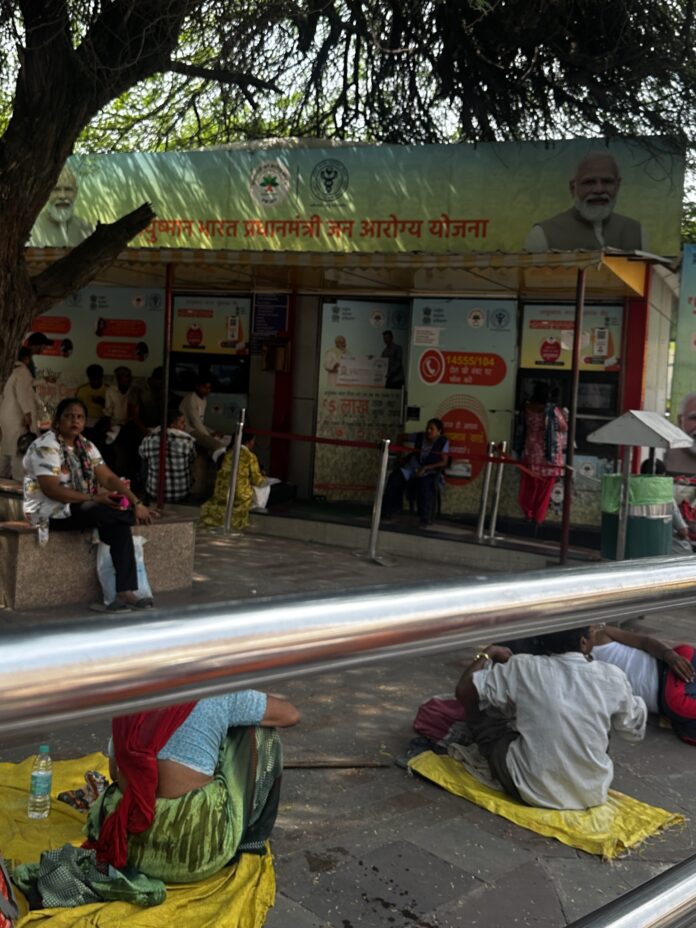Sanjana Chawla, TwoCircles.net
New Delhi: On a worn-out blanket outside Gate No. 1 of the Dr. RP Centre of Ophthalmic Sciences at Delhi’s AIIMS, Sushma Kumari, a 40-year-old labourer from Bihar, sat with her 75-year-old mother. Her mother has been diagnosed with glaucoma, and the local doctors back home had referred them to AIIMS, Delhi, for treatment.
“We have come to AIIMS because it is famous and cheap, and we cannot afford private treatment. But we have been staying here on the road for a week, waiting for appointments,” she says.
Though she is registered under the Central government’s Ayushman Bharat Pradhan Mantri Jan Arogya Yojana (AB-PMJAY or PMJAY), which promises a Rs 5 lakh health cover per family per year and claims to shield over 55 crore vulnerable Indians, Kumari expresses her anger over the hidden costs of travel, sleeping on the road, safety and the crushing waiting time.
“I have been here for the past one week, leaving my home and job back in Bihar. I have not earned a rupee since we arrived here, and I do not know if I will even get an appointment for my mother, let alone treatment. Doctors say that if we do not get the operation done within two months, she (the mother) will lose her eyesight. I am stuck and desperate,” she cries.
This is the story of one amongst millions with no access to healthcare in India.
India is known worldwide as a global hub for medical tourism. It is one among the countries where complex surgeries, including organ transplants, take place every day. But behind these glowing headlines lies an unsettling truth – the divide in healthcare access between haves and have nots.
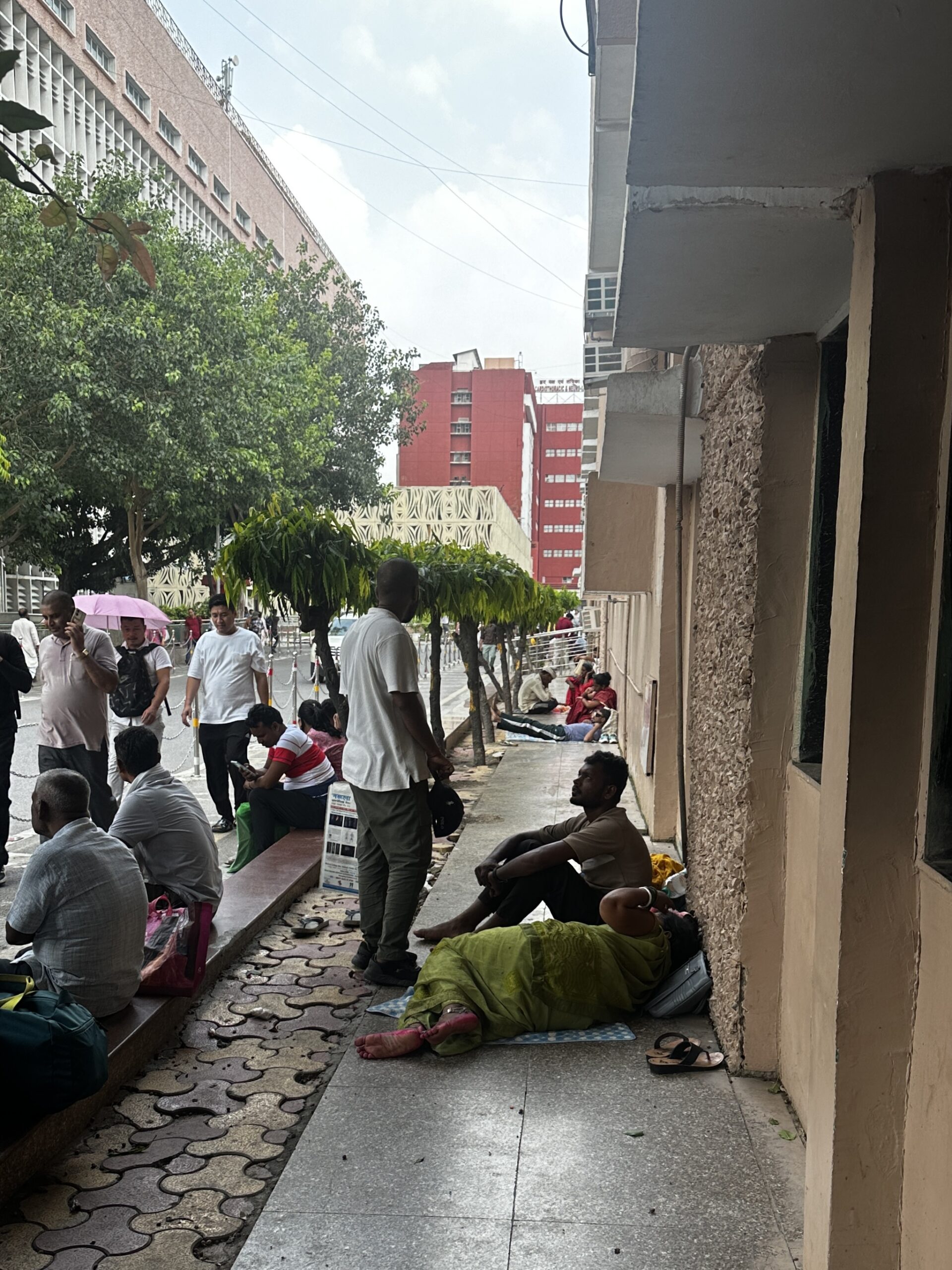
India’s expertise in organ transplantation is well established. High-risk surgeries are performed one after another. From the reattachment of a woman’s severed palm in 2024 at Delhi’s BLK-Max Superspecialty Hospital to India’s first combined robot-assisted heart bypass surgery and breast cancer surgery on a 72-year-old Bangladeshi woman at Fortis Escorts Hospital in Okhla, these medical feats draw patients from across the globe. Compared to their home countries, they find India far more affordable.
But this success masks the daily struggles of countless Indians, especially those with limited means. While foreign nationals benefit from state-of-the-art procedures, these same hospitals are financially out of reach for most Indian citizens.
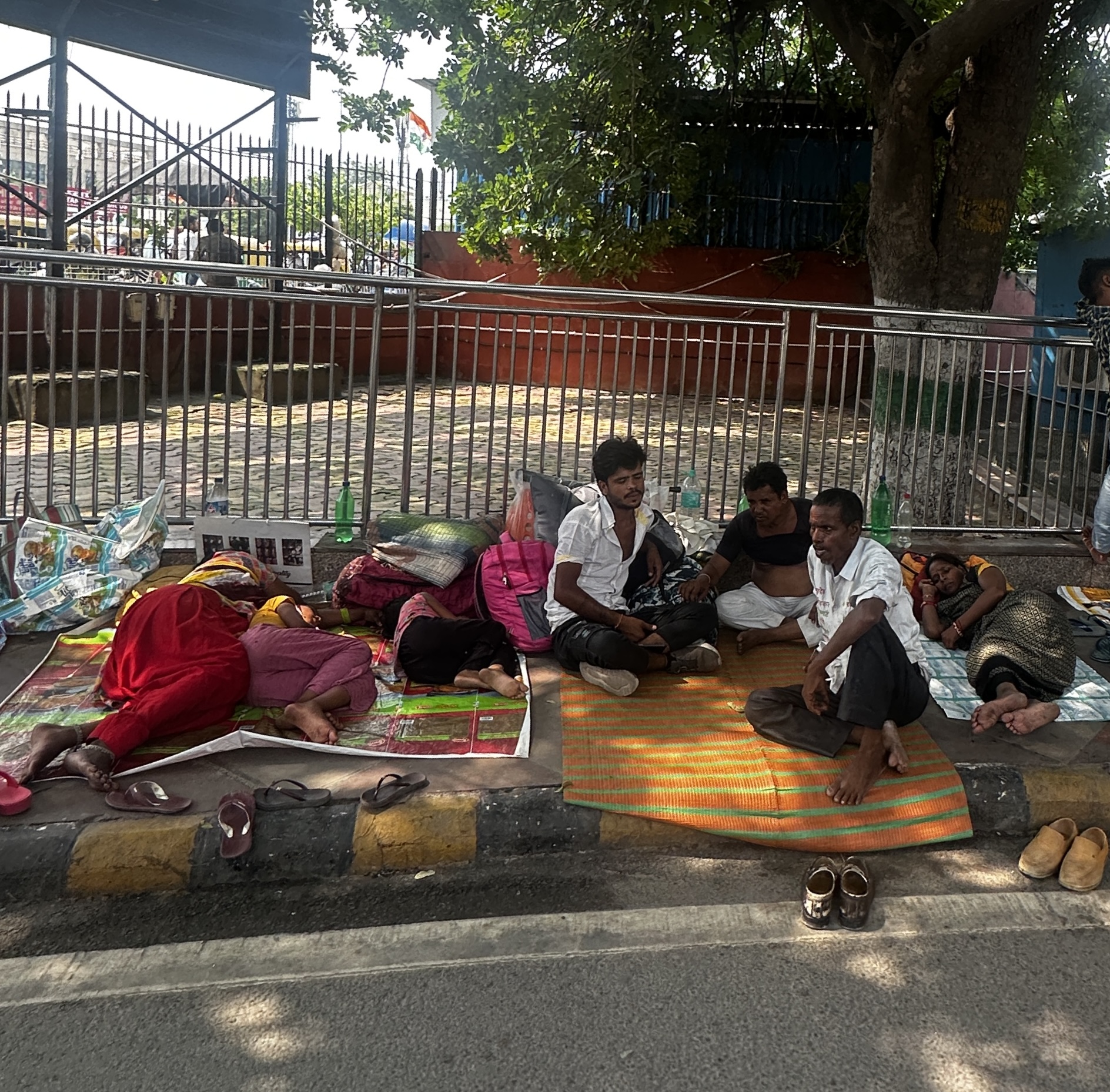
Outside the gleaming walls of these private institutions are hospitals like the All-India Institute of Medical Science (AIIMS), Guru Teg Bahadur (GTB) Hospital and Lok Nayak Jai Prakash (LNJP) Hospital, where patients sleep on pavements and stand in queue for days just to get an appointment for basic diagnostics.
A July 2025 Lancet study revealed that millions of Indians, especially those disadvantaged by class and economic background, are routinely left out of life-saving transplants and critical care. The issue is not organ crisis. India falls under Category 4, which denotes high capability for complex transplants. What is missing is equal access. The study pointed to systemic failures, which include inadequate government investment in healthcare, poor regulation, inconsistent availability of specialised care and chaotic insurance processes.
All these lapses and delays pushes patients towards expensive private hospitals, placing vital treatment beyond the reach of most, including Kumari’s.
When Money Matters More Than Need
Access to advanced treatment often depends not on how ill you are, but on how much you can pay. This creates a layered healthcare system, where a person’s bank balance determines their odds of survival, long before diagnosis.
“We have the doctors, the knowledge and the technology. But we lack the political will and the system to ensure fair access to healthcare. It is not a question of affordability, it is about the basic human right to healthcare being denied due to one’s economic position,” says Dr. Aqsa Shaikh, professor of community medicine at Hamdard Institute of Medical Sciences and Research.
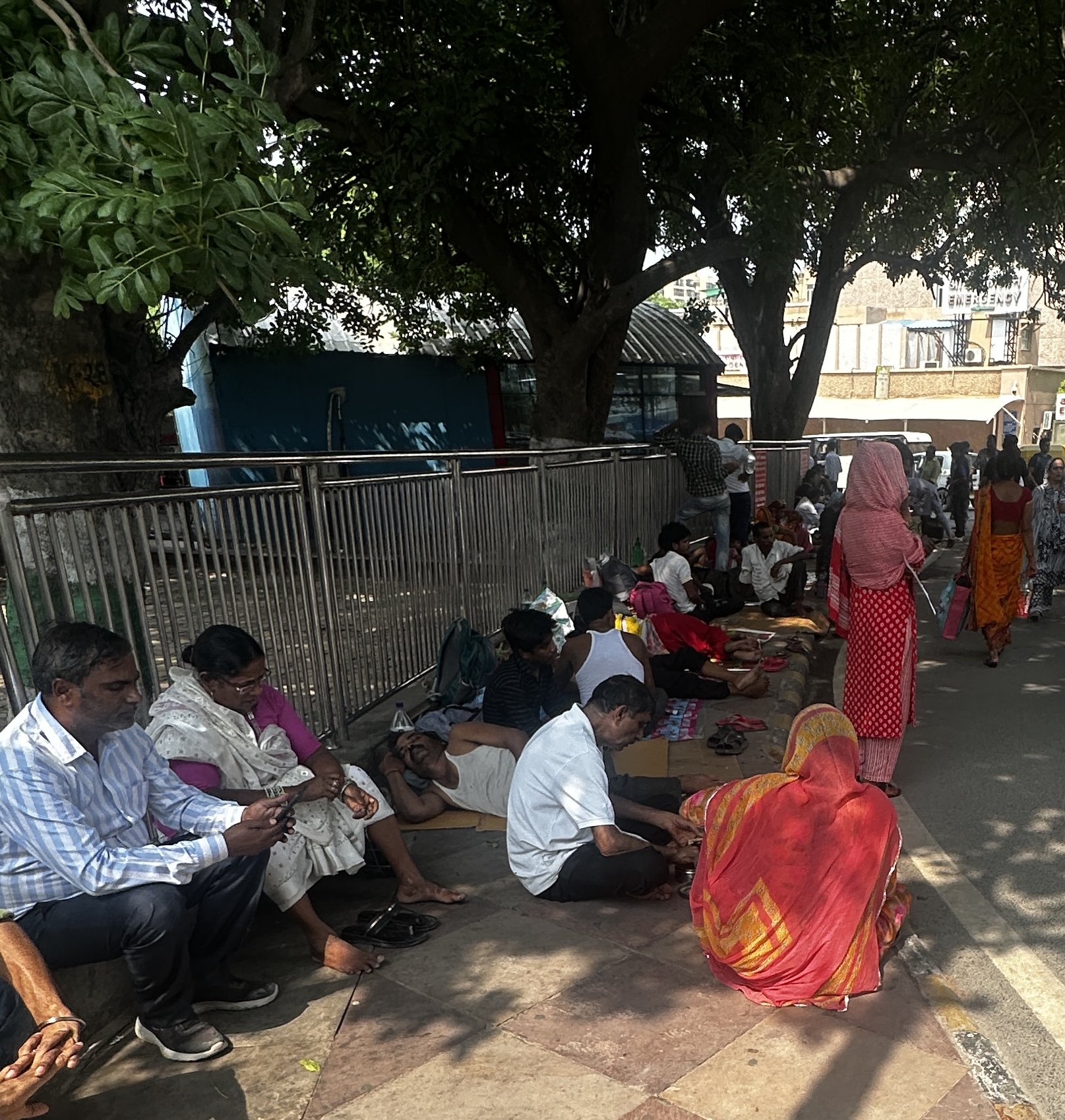
She emphasises that India is meeting only a fraction of its healthcare needs. With increased life expectancy, growing drug use and rising environmental risk factors, the demand for transplants will only rise. But these needs remain unmet because such procedures are simply unaffordable for the average citizen.
This inequality goes beyond organ transplants. Families often watch loved ones die from treatable conditions because they cannot afford diagnostic examinations, medicines, or specialist care.
“For instance, if you are diagnosed with late-stage cancer, your financial situation can decide your outcome – especially if you come from a low-income background,” she says, adding, “In the private sector, quality is unregulated. And in public hospitals, the distress starts from access – long queues, waiting lines, bureaucratic hurdles, etc. It is overwhelming.”
Dr. Shaikh’s words resonate with the author’s personal experience. In 2018, when her father needed minor heart surgery, he was taken to Fortis Escorts in Southeast Delhi. Thanks to medical insurance, the process was smooth and quick. The doctors were attentive, meals were hygienic and follow-ups were regular. Five years later, the author visited Delhi’s AIIMS for a Lasik Eye Surgery and even with a contact to help navigate the system, she had to visit four times a week, stand in long queues and run between buildings.
Now, imagine the situation of those without ‘connections’, who lack friends or relatives to fast-track the process. They have no option but to endure the system – standing in lines for days or weeks or even months, sleeping on pavements, in AIIMS-Safdarjung subways or on open roads.
“My son needs surgery for his bent back, and they (administration) told us it could take anywhere from 12-16 months for an appointment. He is in immense pain and his life is on hold because of the delay in appointment dates”, says Raju Varma, an autorickshaw driver working in Uttar Pradesh.
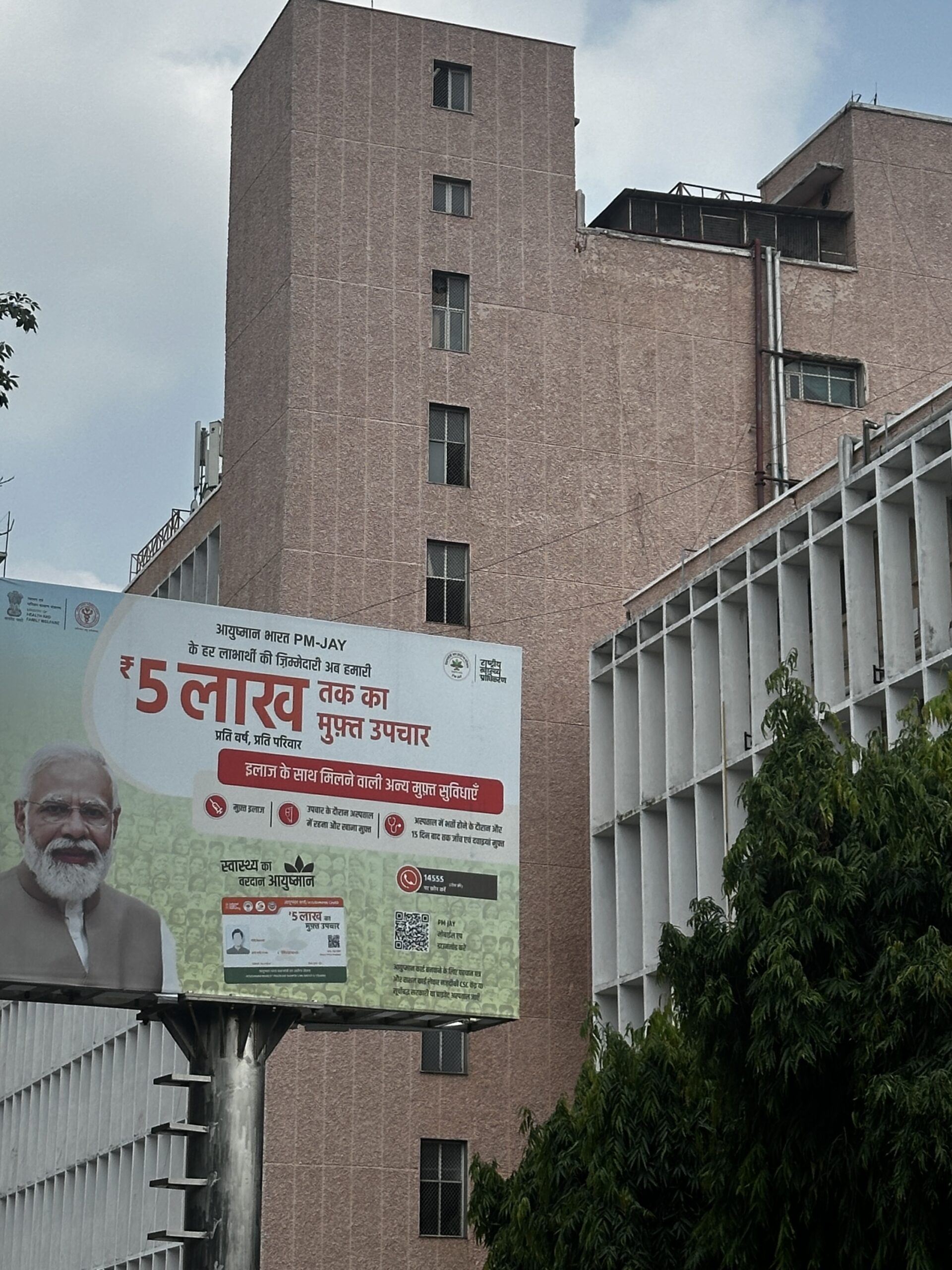
For people like him who earn Rs 1,000-1,500 on a good day, going private is not an option. He continues, “Bills in private are too high. They ask for money at every step, from registration and appointment to medicines and follow up. When we tried getting him (his son) admitted at Sri Guru Prasad Memorial Hospital in Rae Barelli, they refused us outright. They said they were not taking PMJAY patients. So, we came to Delhi and have been praying for any opening.”
For India’s marginalised, private hospitals are not even a consideration – especially after seeing the resistance and non-participation of the hospitals in the scheme. This primarily stems from concerns over low package rates that fail to cover high operational costs. Significant delays from the government in reimbursements and approvals also steer away the gigantic private facilities from the PMJAY.
What this means for a patient from disadvantaged sections is that they are not only denied cashless treatment and forced to bear out-of-pocket expenses, but also deprived of access to specialised care in these leading private institutions, undermining the PMJAY’s objective of equitable healthcare access.
The human cost of this healthcare divide is enormous and all too common.
People with money can afford the swanky private medical institutions with glossed up valet services and their five-course meals. The PMJAY beneficiaries and the poor, on the other hand, are often relegated to treatment in a government hospital, carrying with it the burden of them having to sell their land, borrow money, skip meals or survive on salty cucumber slices and kachodis (fried savoury snack served with potato) being sold outside hospitals for Rs 15.
A System Under Strain
Despite its medical capabilities, India’s healthcare system suffers from structural failures. A major issue is low government spending on healthcare facilities.
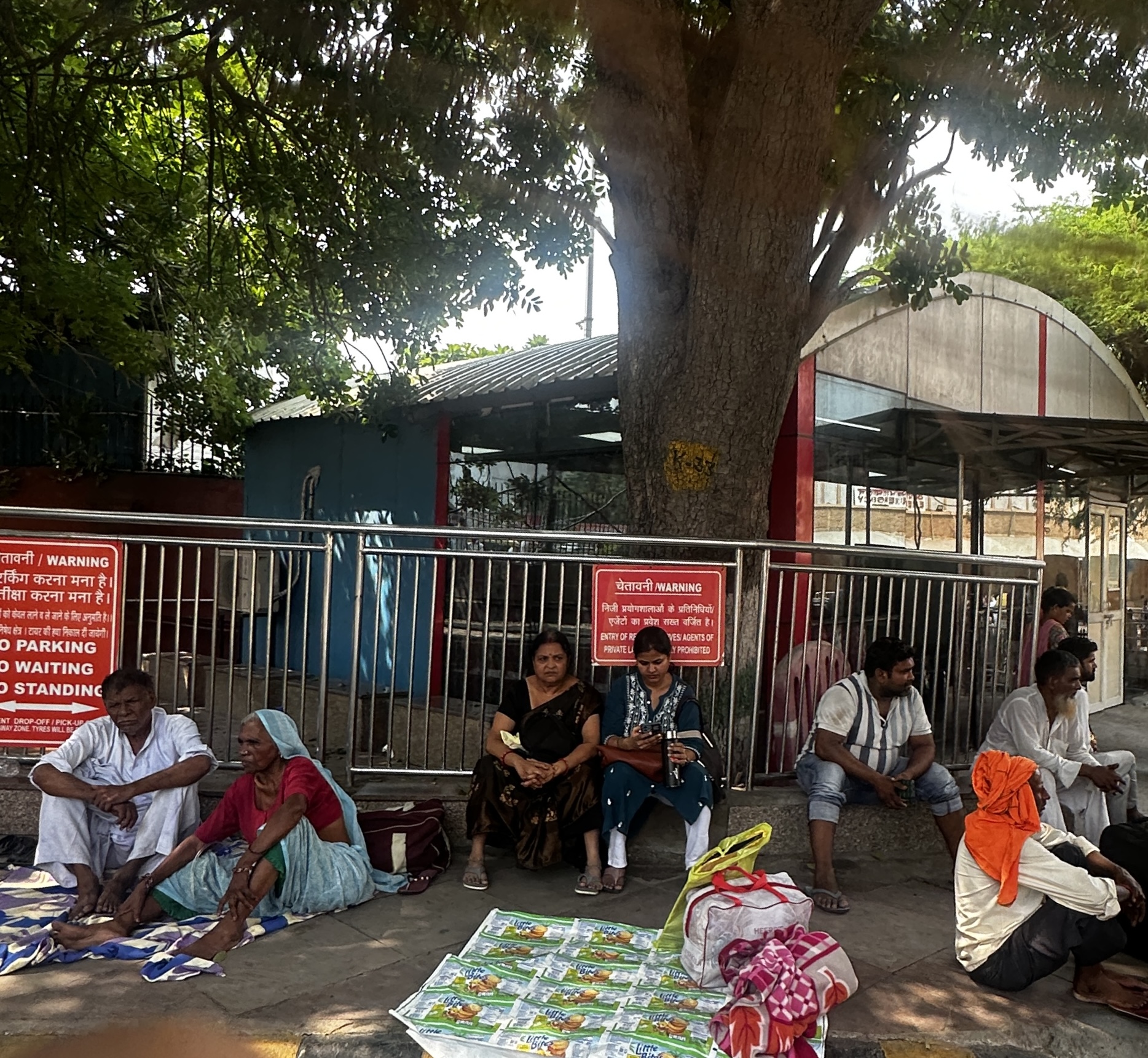
“Our current health spending is far below what is required for even basic services. Among BRICS nations, India spends the least of its GDP on healthcare,” Dr. Shaikh says.
Compared to other countries, India allocates a significantly smaller share of its Gross Domestic Product (GDP) to healthcare. Public hospitals remain underfunded, especially in rural areas. There is a shortage of trained staff and essential infrastructure and equipment are lacking.
The insurance landscape is equally fragmented. While schemes like the PMJAY aims to support the poor, their actual coverage is patchy. As of Ministry of Health & Family Welfare’s website, almost 71 hospitals in NCT of Delhi are empanelled under the PMJAY scheme and almost 36.9 crore cards have been allotted as of March 2025.
While this number sounds decent, many life-saving procedures, including organ transplants, are not fully covered. Families are left to bear huge out-of-pocket costs. Accessing these schemes, especially in rural or marginalised areas, is also a challenge. Even the ones who are covered and eligible for this scheme, often fail to get the treatment.
As the only breadwinner of his family, Varma cannot afford to travel back and forth with his sick son, so he is determined to sit outside the hospital till he gets the appointment. He says, “We are holding onto the hope of an unofficial list because guards also have their own rules. They prefer people who look richer and let them go in. Our only hope is ignited in the night when vacant appointment slots are announced for the next day.”
For Varma, that hope ignites each night, only to flare away soon after as he awaits his chance.
Equitable Healthcare for All
Ensuring access to life-saving treatment, regardless of economic status, is not a luxury. It is a responsibility.
This will require systemic reform and significant public investment. The current focus is on curing, not preventing illness and heavily favours the private sector.
“We must strengthen primary healthcare and make it the first stop for all citizens. We need a robust public system that can address complex healthcare needs without pushing people into debt,” says Dr. Shaikh.
She also highlights that without addressing social determinants of health like education, gender inequality and poverty, India cannot prevent disease in the long run.
To change this, government spending on healthcare must rise, as recommended in the National Health Policy. Funds must go into upgrading hospitals, acquiring modern equipment, and training medical staff, especially in underserved regions.
Public demand is also crucial
“Health does not rank high in people’s priorities, and that must change. Instead of focusing on jingoistic sentiments, spending on pilgrimages or political events, we must think about our people’s basic needs. Only then can we truly benefit from our demographic dividend,” Dr. Shaikh says.
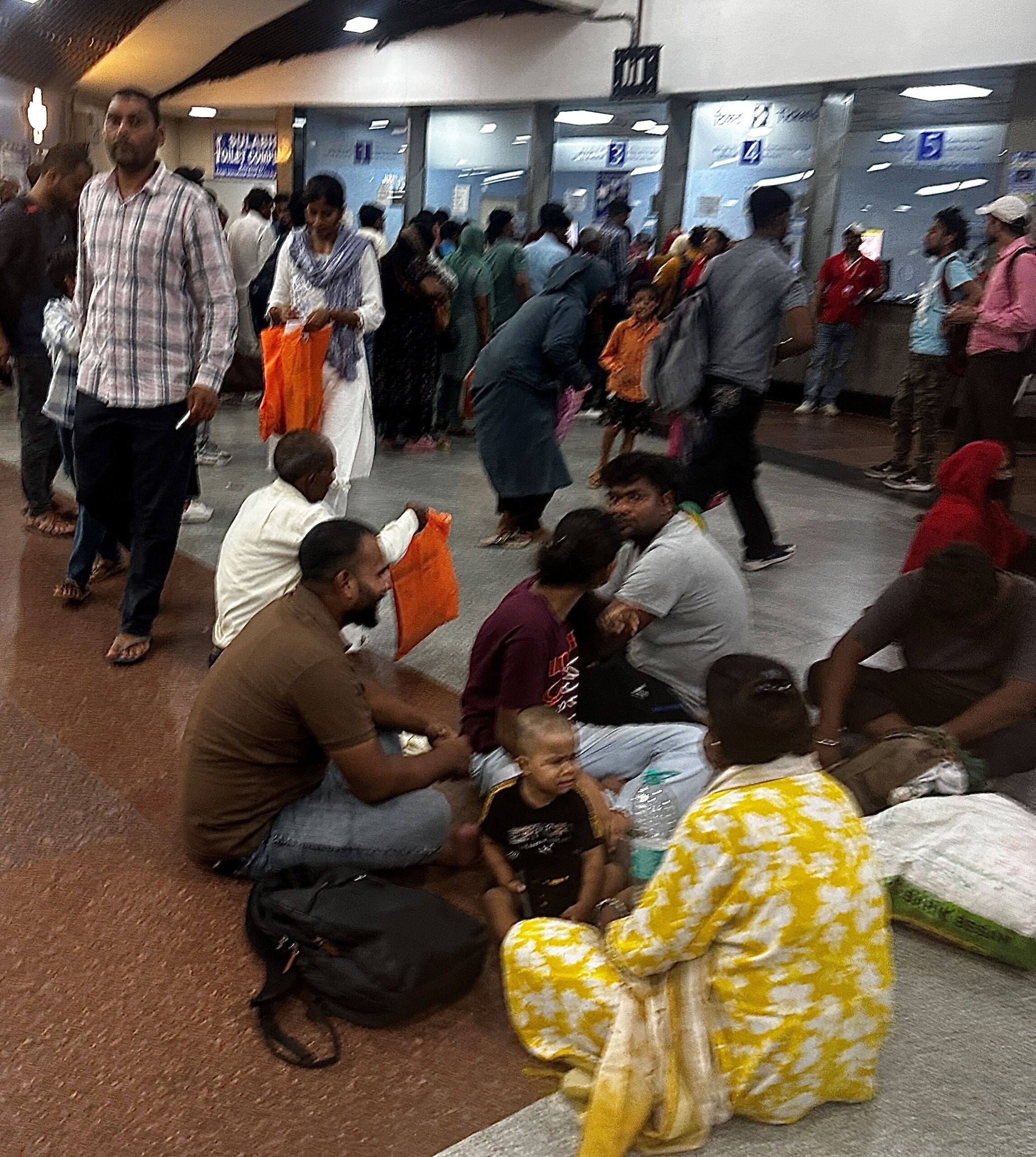
As India moves toward global economic leadership, our real progress will not be judged by the GDP or tech advancements. It will be measured by whether every citizen has access to health, dignity and life. It is time to act.


